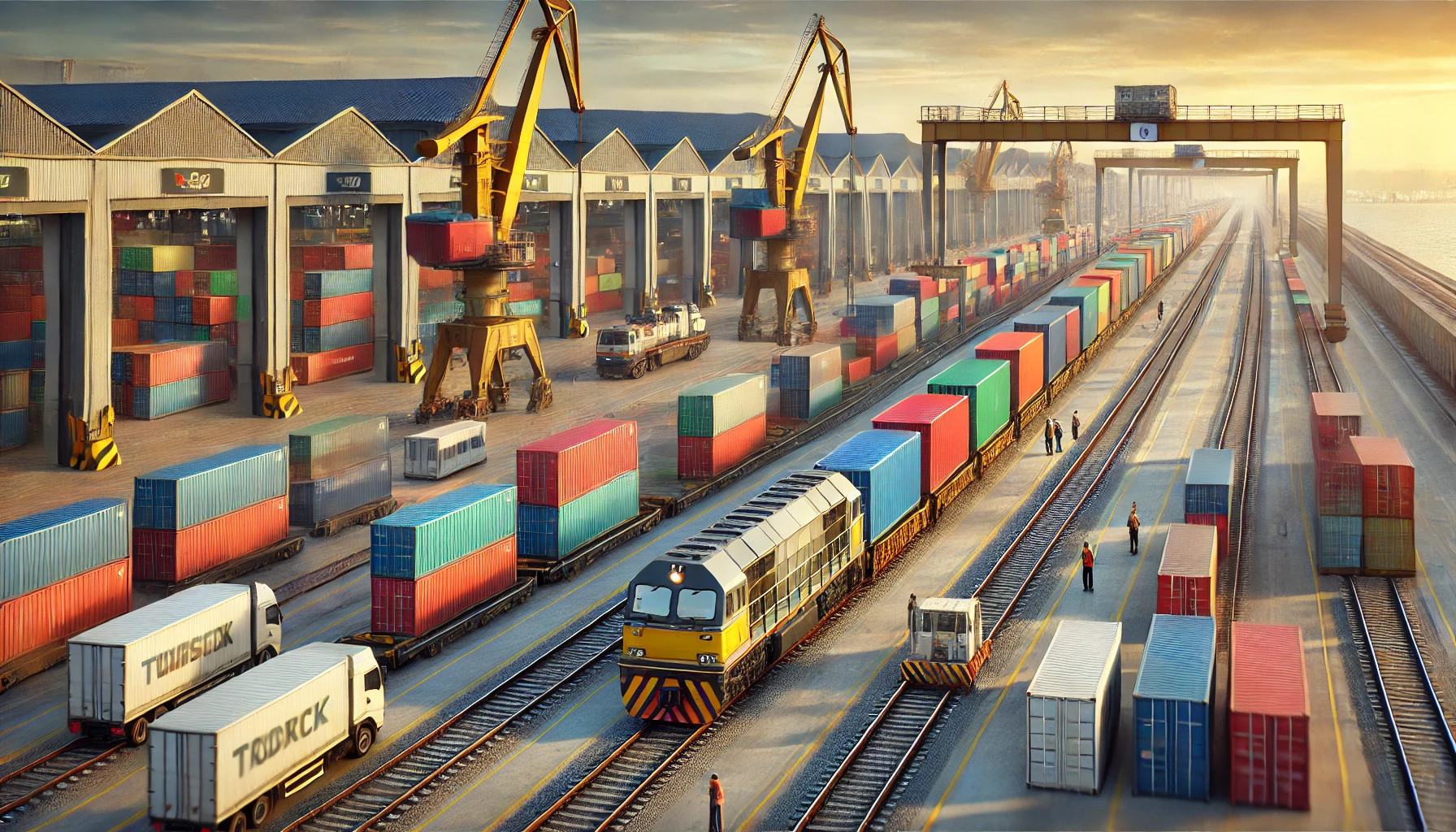Belarusian exports continue to adapt to the changing conditions of global trade, exploring new logistics routes. In 2025, the key remains the development of transit to China, as well as the optimisation of deliveries to countries in Asia, the Middle East and Africa.
China as a major partner
In recent years, China has become one of Belarus' most important trading partners, and routes through its territory open up new prospects for Belarusian exporters. The increase in the flow of goods through Chinese ports and land corridors is related to several factors:
· The development of the ‘One Belt, One Road’ project facilitates the simplification of procedures for deliveries of Belarusian products.
· The optimisation of rail routes allows for faster delivery of goods to South East Asia. In particular, the number of container trains passing through Kazakhstan on their way to China is increasing.
· The expansion of port capacities in Chinese seaports allows for a more active redistribution of transport flows.
Alternative routes: via Iran and Turkey
In addition to China, Belarus is actively expanding its links through Iran and Turkey.
· The international ‘North-South’ Transport Corridor, which passes through Russia, Kazakhstan, Iran and continues to India, opens up new opportunities for exporters of agricultural products and fertilisers.
· Through Turkey, Belarusian products can reach both Middle Eastern and European markets, using Mediterranean and Black Sea ports.
According to experts, the development of eastern routes will ensure the stability of Belarusian exports and strengthen trade links with Asian partners.
One of the challenges facing exporters is the need to adapt to changing customs regimes, rising transport costs and the need to respond quickly to changes in the global situation.
However, experts are confident that the development of alternative routes will ensure the stability of Belarusian exports and expand their geography.




